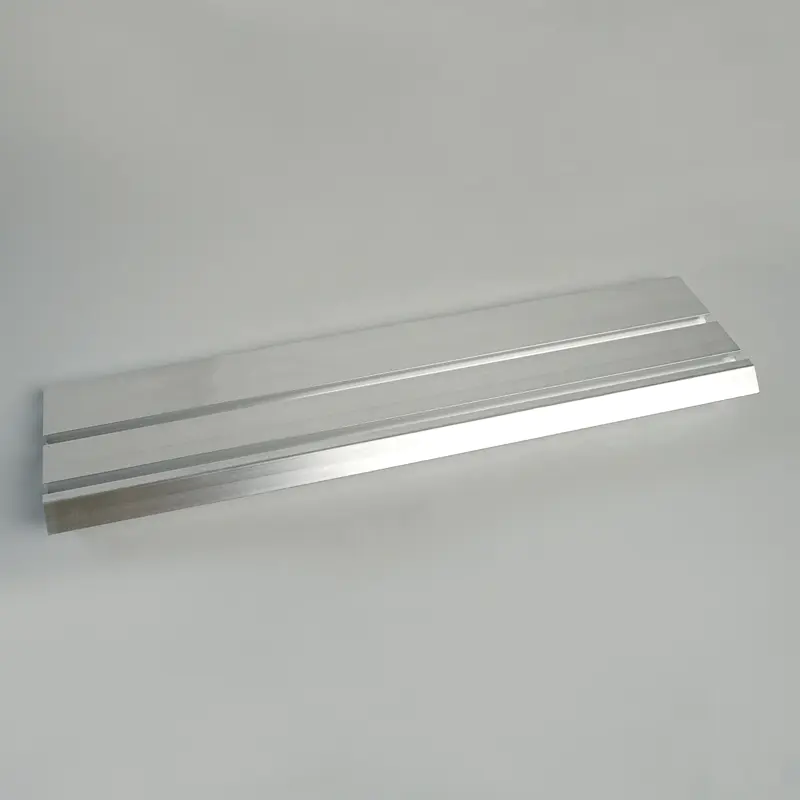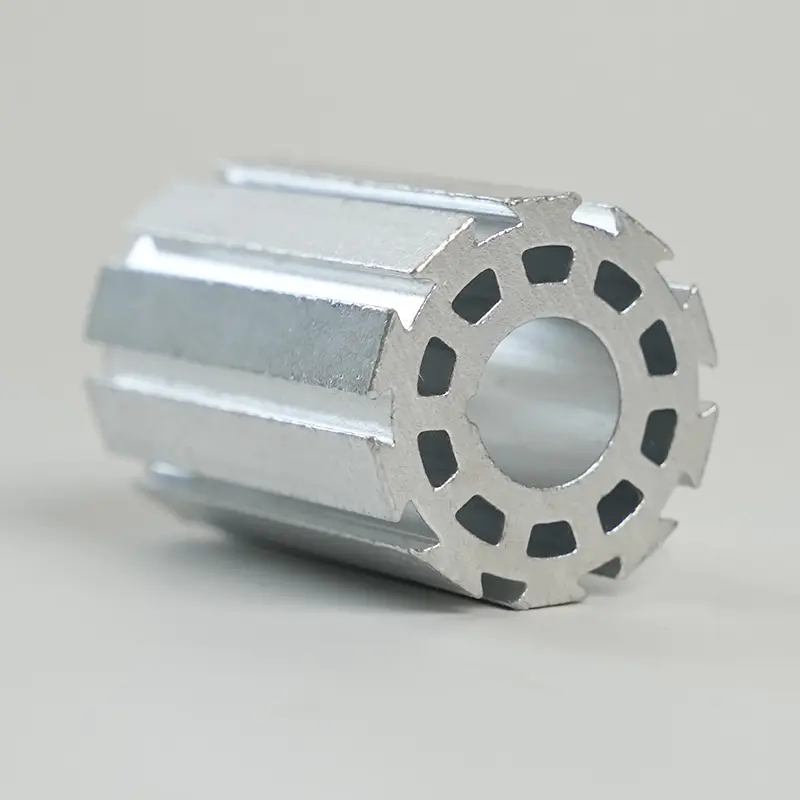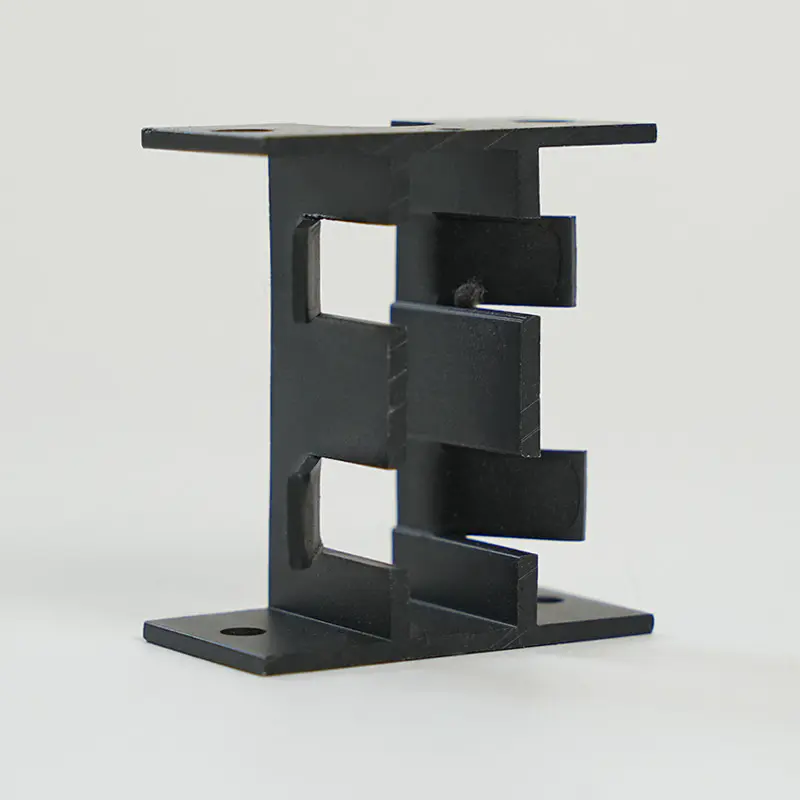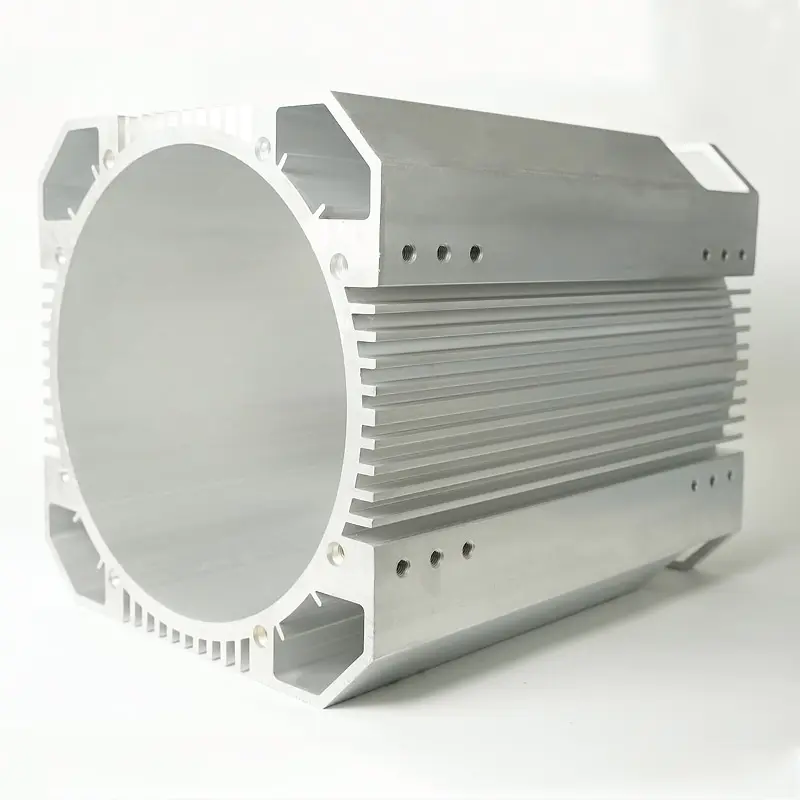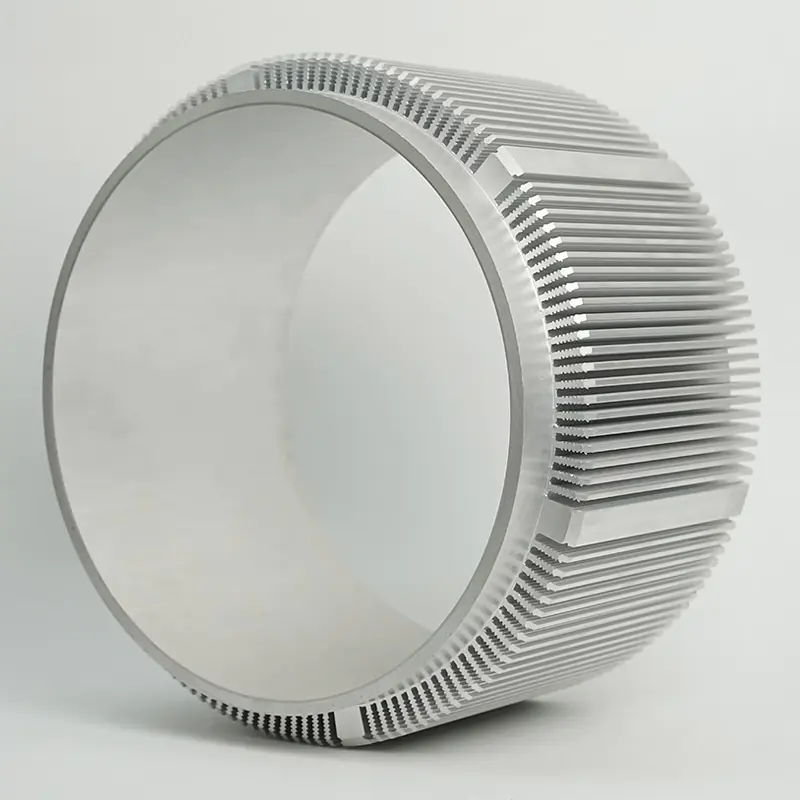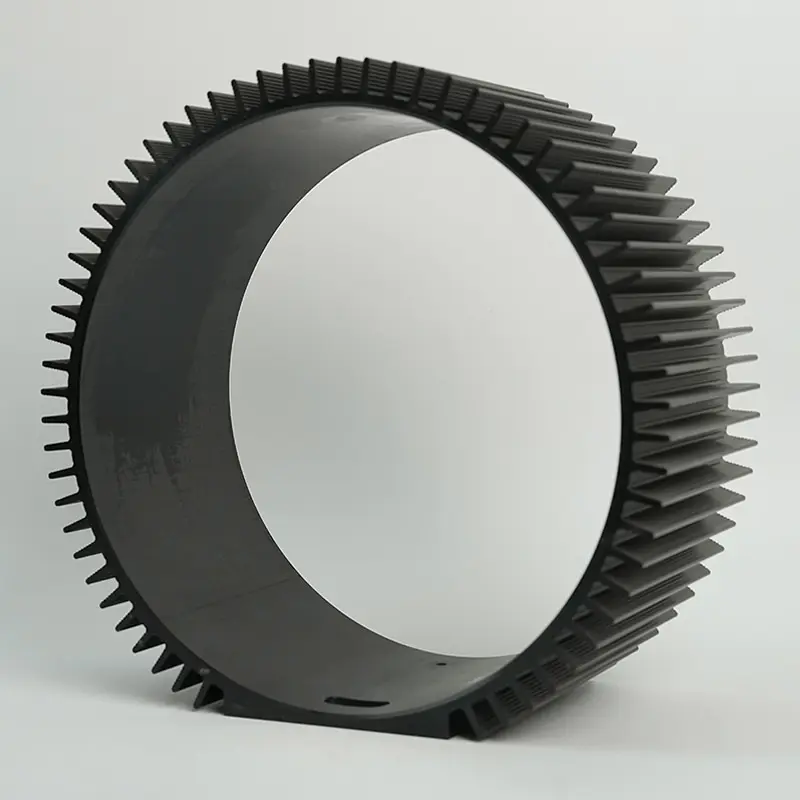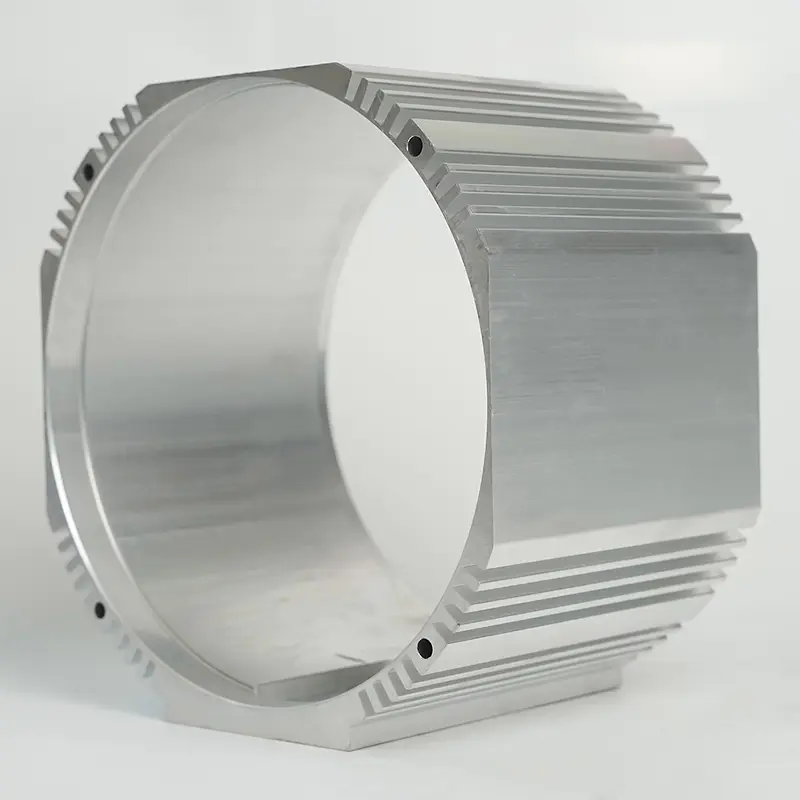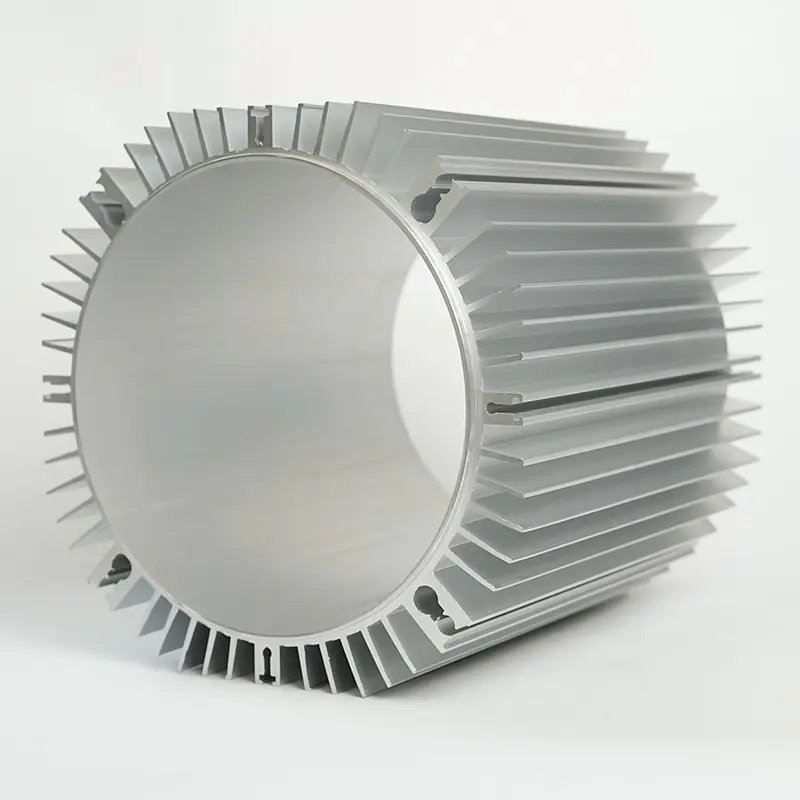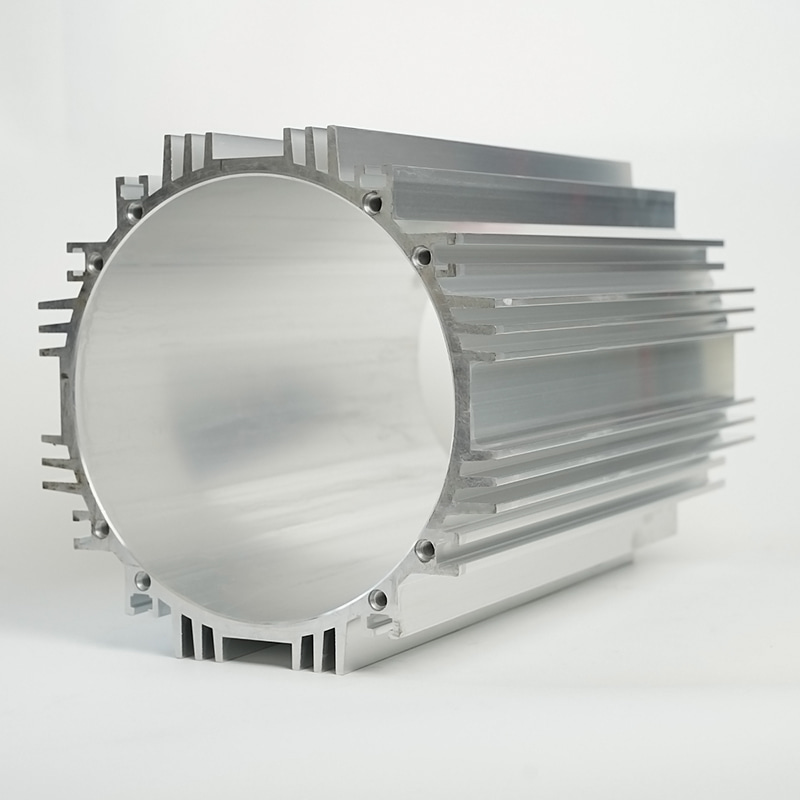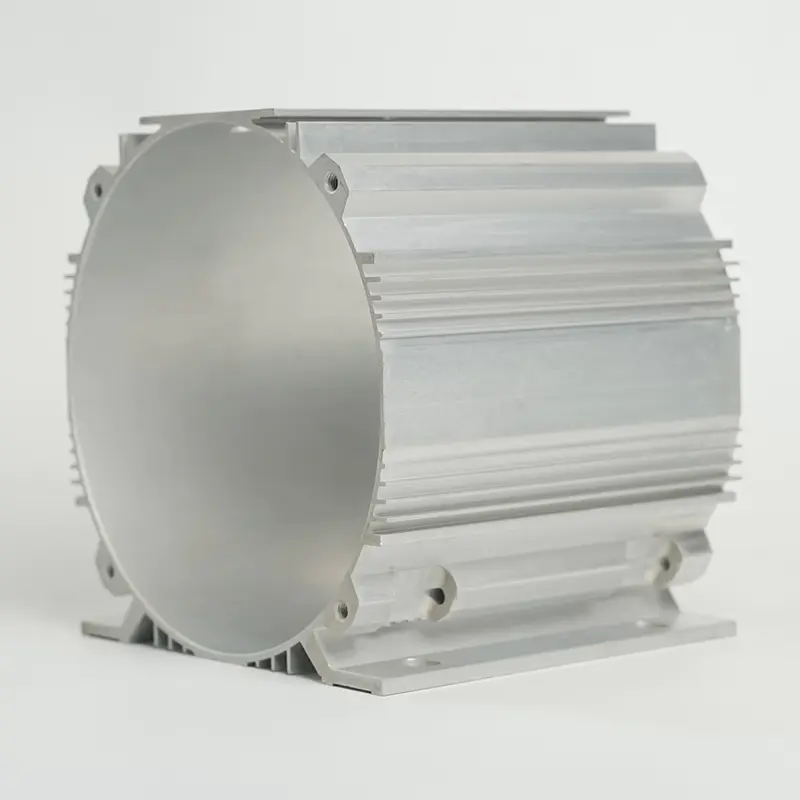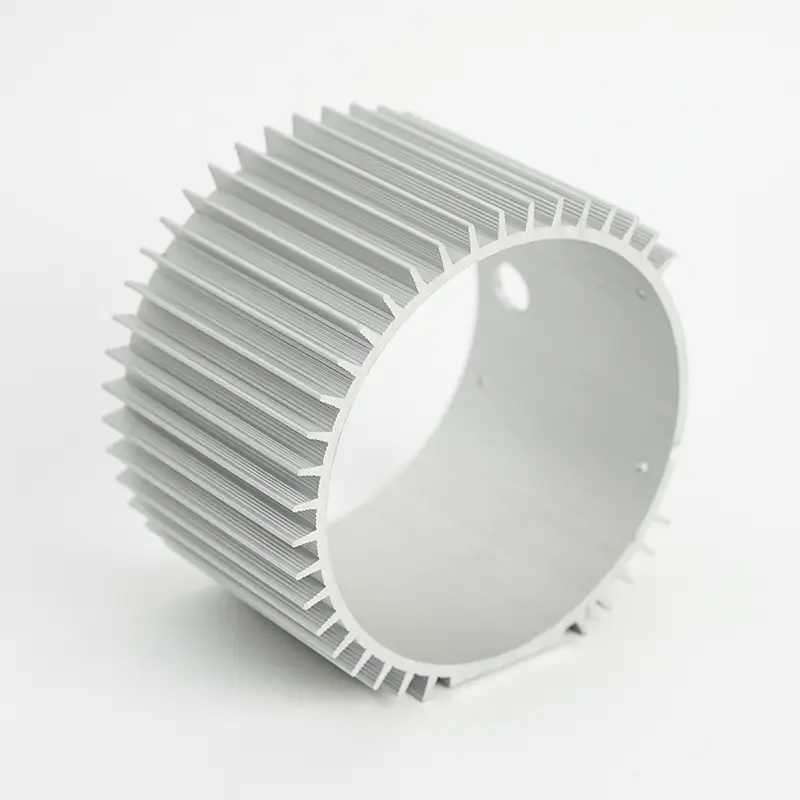With the continuous development of the modern logistics industry, forklifts play an increasingly important role in transportation, warehousing and loading and unloading. The performance of forklifts is directly related to production efficiency, equipment stability and overall cost control. As one of the key components of forklifts, the design and material selection of the motor housing largely determine the working capacity and durability of the forklift. Traditional motor housings are generally made of casting or steel materials. Although they can provide protection to a certain extent, with the extension of use time, their weight, wear, corrosion and other problems are gradually exposed, affecting the long-term stable operation and work efficiency of the forklift. The Forklift Extruded Motor Housing made of extruded aluminum alloy provides a new solution for forklift motor housings, which finds a perfect balance between lightweight and high strength.
1. Lightweight advantage: reduce burden and improve efficiency
Traditional cast or steel motor housings are usually heavier, which not only increases the overall weight of the forklift, but also puts additional pressure on the burden of the motor. The heavier housing often requires the forklift to consume more energy to maintain power during operation, reducing the overall work efficiency of the forklift. At the same time, heavy housings will increase the wear rate of forklifts and shorten their service life. The extruded aluminum alloy material used in Forklift Extruded Motor Housing has a lighter weight but provides higher strength, which means that while reducing the weight of the motor housing, the forklift can still maintain excellent performance in heavy-load, high-intensity working environments.
The lightweight characteristics of aluminum alloy materials can effectively reduce the overall weight of the forklift, thereby reducing energy consumption and improving work efficiency. The lightweight design allows the forklift to operate more flexibly in complex and narrow working environments, which not only improves the maneuverability of the forklift, but also reduces the inconvenience and driving burden caused by excessive weight. The lightweight forklift reduces the load on the motor and other key components, thereby extending the overall service life of the equipment.
2. High strength advantage: improve pressure resistance and extend service life
The extruded aluminum alloy material of Forklift Extruded Motor Housing not only reduces the weight of the housing, but also enhances its compressive strength and durability. Aluminum alloy has high strength and can withstand greater pressure while maintaining a lower weight, ensuring the stability of the motor housing in a high-intensity working environment. This means that even under heavy loads, the forklift can still keep the motor housing intact, avoiding equipment failures caused by deformation or cracking of the housing.
Compared with traditional steel or cast housings, aluminum alloy materials have stronger compressive resistance. In an environment where forklifts are frequently operated, the motor housing is often exposed to external forces such as impact and vibration, and extruded aluminum alloy can better absorb these external impact forces, reducing damage to the motor. This feature makes Forklift Extruded Motor Housing an ideal choice for forklift motor housings, especially in working environments that require frequent and high-intensity operations, which can effectively reduce the risk of failures caused by housing damage.
3. Impact and corrosion resistance: cope with harsh environments and reduce maintenance costs
During operation, forklifts often encounter a variety of external forces, including impact, vibration, etc. Traditional castings and steel housings often have a greater risk of cracking or deformation when facing these external forces, which may affect the normal operation of the equipment. In contrast, the aluminum alloy material used in Forklift Extruded Motor Housing has excellent impact resistance, which can effectively absorb external impact forces and reduce the risk of damage. Even in harsh working environments, the aluminum alloy housing can provide better protection and reduce the direct impact of external forces on the motor, thereby ensuring the long-term and stable operation of the forklift.
In addition, the working environment of the forklift is often accompanied by factors such as moisture, chemicals and high temperature. The traditional steel housing is susceptible to corrosion, while the aluminum alloy has strong corrosion resistance. The natural anti-oxidation properties of aluminum alloy materials can effectively prevent the motor housing from being corroded and extend its service life. In special environments such as humidity and salt spray, the aluminum alloy housing shows strong durability, reducing the maintenance cost and equipment downtime caused by corrosion.
4. Efficient heat dissipation: ensure stable operation of the motor
During the operation of the forklift, the motor will generate a lot of heat. If the heat cannot be effectively dissipated, the motor temperature may be too high, thereby affecting its working efficiency and even causing damage to the motor. Traditional steel housings and cast housings often have certain deficiencies in heat dissipation, while the aluminum alloy housing of Forklift Extruded Motor Housing has good thermal conductivity, which can help the motor quickly dissipate excess heat and maintain the normal temperature of the motor.
The excellent thermal conductivity of aluminum alloy enables the motor housing to quickly transfer heat to the outside, ensuring that the motor performance will not deteriorate due to overheating in a long-term, high-load working environment. Good heat dissipation performance not only helps improve the operating efficiency of the forklift, but also prevents damage caused by overheating and extends the service life of the equipment.


 English
English Español
Español

